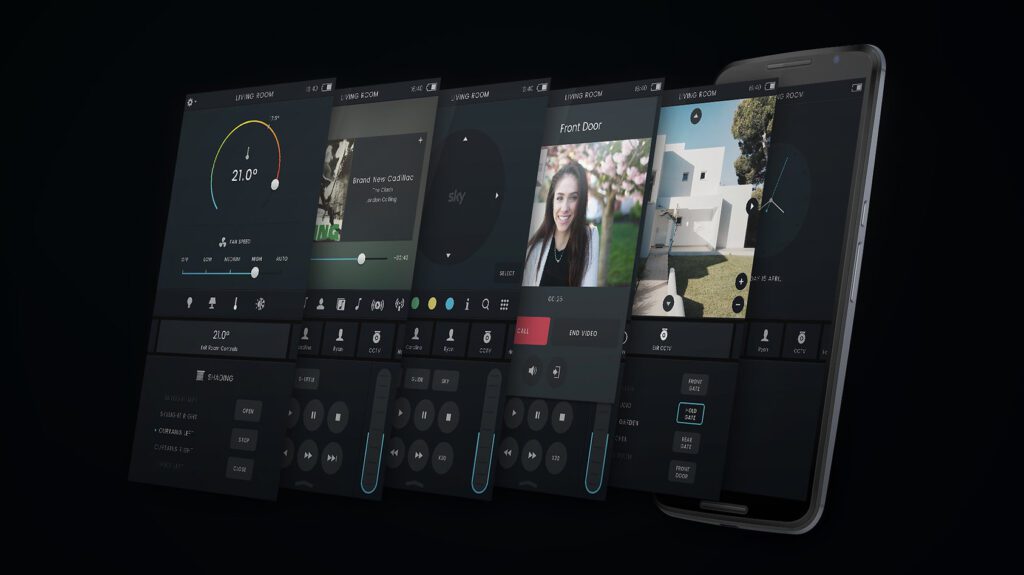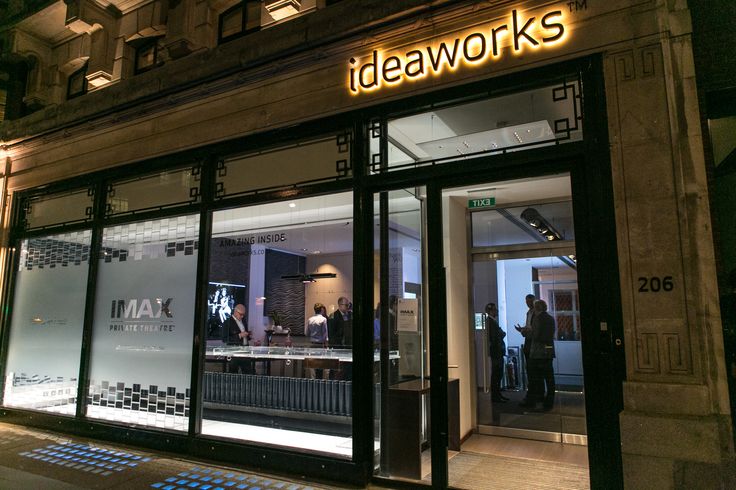It’s no secret that user interface (UI) and user experience (UX) play a pivotal role in AV control systems, whether they are utilised in smart homes or onboard yachts. The guest-facing UI serves as the primary gateway for users to access and control various systems on board a yacht or private residence. It is the bridge that enables effortless engagement and management of their surroundings. When done right, it seamlessly integrates into the user’s routine without much thought. However, even a minor flaw can lead to frustration and annoyance.
If you think back to early iterations of the smart phone, for example, the iPhone… Sure, the interface was a bit slow and it lacked certain features, BUT, anyone could pick it up and intuitively use it. The key word here being intuition. No UHNW client has ever sat down and asked me for a lesson on the AV controls… if they had to then I would have been failing at my job, but the point is that every interface and user experience should be able to be understood and be operated by someone who has no prior experience of the device. Think along the lines of how a toddler can pick up a tablet or smart phone and instinctively know how to use it, the same should be true of AV interfaces to new users.
Extensive research has been carried out to understand what humans find aesthetically pleasing but also functional on a day-to-day basis in terms of interfaces. Car manufactures invest millions in research and development of driver cockpits, meticulously placing buttons and switches to ensure optimal usability. They aim to strike a balance between functionality and design, avoiding overwhelming interfaces that distract drivers from the road. Equally they try not to hide everything away in touchscreen interfaces that have become the norm in modern day cars. It’s a balancing act of functionality and design, so why should it be any different when you’re driving the device responsible for your AV, HVAC and CCTV?

The UI/UX Solution
There’s a few AV interface designs I’ve seen over the years on yachts and in high end residences, some of which are a dream to use that are fast, intuitive and give clear and concise feedback. Some have been less than desirable but there’s a few golden design principles in UI and UX that can be followed to ensure users aren’t mashing keypads in frustration!…
- Make user interfaces consistent – This might sound like a no brainer but using similar design patterns, identical terminology in prompts, homogenous menus/screens and consistent commands throughout the interface. More recently we’ve seen clients wanting to utilise the same AV control interface in their residences AND their yachts… providing you’re happy with the original source code this is advantageous to the client who doesn’t have to re-learn a new interface.
- Visual feedback – The most used control systems are AV, HVAC and lights/blinds. Doesn’t it make sense to display what current AV source is showing, the Sky channel you’re watching, the current set-point/temperature of the room or the status of the blinds/curtains.
- Familiarity and clarity – Is the client an iPhone or Android user?… Design principles from either OS can be built into the interface so the look and perception of the UI already feels familiar and intuitive. Are icons & symbols clear and easily identifiable? Are menu structures easy to navigate in and out of?… Research suggests you only have 8 seconds for user to find what they want on an interface before they become frustrated or confused, ensure your user experience is a good one.
- Reliability – Ever had your Crestron app crash while you’re trying to switch TV channels to an upcoming sport event and it takes a painstaking 3/4 minutes to restart the app, let it connect to the processor and update? It’s often down to poor source code causing exceptions that haven’t been debugged or written correctly. This brings us on nicely to our next point…
- Test to breaking point – This is an area I have a lot of experience in. With acceptance testing you could spend all day trying to find bugs, inconsistencies, programming errors or hardware faults. Essentially you want to push the limits of what the control device, control interface, control processors and the devices being controlled, can do. There are some well used protocols for this but sometimes it doesn’t hurt to button bash (Think along the lines of what a toddler might do to a control device!) How does the system react?… everything still working?…. great, if not there’s still work to be done.
I’ve had the pleasure of working with some amazing AVIT integrators in the past, one of the most important aspects of what they supply is the guest facing UI. It is, after all, one of the biggest aspects of how yacht owners and guests interact with their surrounding control systems and surfaces. If the experience is right on then you’ll likely never hear a whisper about it, get it wrong and it’ll be a constant thorn in your side.
If you’re looking for an AV integrator that’s had over 35 years of installing high end AV solutions into private yachts and residences, look no further than Ideaworks. Having collaborated with them on multiple projects, I can attest to the exceptional level of UI proficiency in their team of Certified Level Crestron Programmers, complemented by their Graphics and User Interface Team. Their bespoke MeSh interface lies at the core of their control devices, providing seamless and intuitive control over a wide range of integrated devices.
For a firsthand experience of Ideaworks’ capabilities, check out their London Experience Center which hosts a state-of-the-art £1m private cinema, user interface and keypad room, window shading room, specialist lighting room and various speaker examples, all of which offer a comprehensive demonstration of their solutions and allows you to witness the power and functionality of their AV systems firsthand. Or if you’re out in the Med, check out their Monaco showroom.
